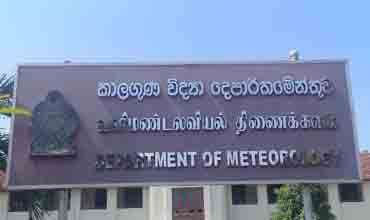(Reuters) - Bangladesh plans to allocate more land for camps housing Rohingya refugees as concerns grow over a possible outbreak of disease in crowded, makeshift settlements clustered at the country’s southern tip.
About 625,000 Rohingya Muslims have fled to sanctuary in Bangladesh from violence, looting and destruction in neighboring Myanmar after government forces launched a counter insurgency following attacks by Rohingya militants on Aug. 25.
The swift exodus has taken the Rohingya refugee population to 837,000, making Bangladesh one of the world’s largest, most crowded settlement of asylum-seekers.
More than 60 percent of the water supply in the camps is contaminated with bacteria as temporary latrines overflow into hastily-built, shallow wells, a World Health Organization survey showed. Faecal sludge in the settlements goes largely untreated.
“There is a high risk of a public health event, not just cholera and acute watery diarrhea,” said Naim Talukder of the group Action Against Hunger, who is coordinating the efforts of 31 groups and agencies to manage water, sanitation and hygiene.
A Reuters graphic uses satellite imagery to document the mushrooming spread of the refugee areas. Data show the challenge of meeting international standards for water, sanitation and hygiene in the camps and spillover sites.
You can share this post!
Content




Leave Comments